Astrodynamics and Space Applications
The Astrodynamics and Space Applications group conducts research spanning orbital and interplanetary trajectory design, trajectory optimization, multi-body orbital dynamics, relative motion, planetary entry, remote sensing, and spacecraft guidance, navigation and control. Astrodynamics is the analysis of the motion of natural and artificial objects in space, subject to environmental and artificial forces.
Space applications broadly encompass the practical utilization of space, including development of spacecraft, instruments, and software, testing and validation of space systems, space situational awareness, space science and technology mission design, orbital infrastructure to support human exploration, and planetary defense. The discipline group also has advanced visualization and virtual reality capability that they apply to complex trajectory designs and mission applications.
Experimental facilities include the Purdue Optical Ground Station, radio navigation lab, flight hardware laboratory, satellite tracking station, and mission operations center, and access to airborne instrumentation and field sites for remote sensing. ASA faculty work closely with space science and applications researchers both inside and outside of Purdue.
Facilities
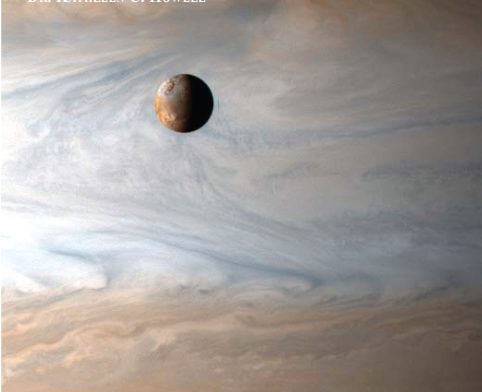
This team conducts research in Astrodynamics that includes investigations into both natural behavior and spacecraft motion: orbit dynamics, perturbations, and stability; trajectory control and on-orbit maneuvers; trajectory optimization and transfers; spacecraft formations; and, orbit determination and navigation.
Capabilities
- Large-scale flat wall visualization environment
- Support for mission design and analysis
Lead Professor: Kathleen Howell
Location: ARMS 3183
Rune and Barbara Eliasen Aerospace Visualization Lab Website
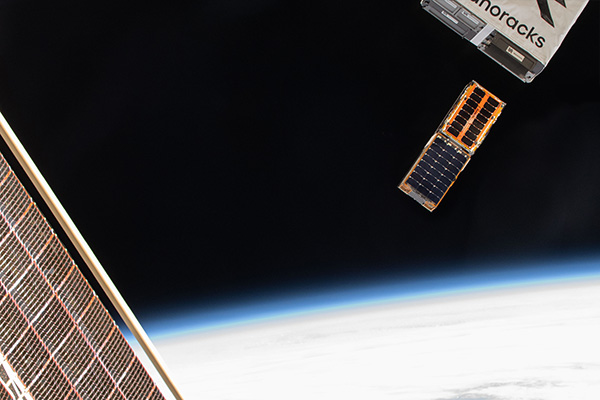
The Radio Navigation Laboratory has resources for the experimental analysis and study of space-based radio transmissions for navigation and remote sensing. Its researchers developed the SNOOPI satellite.
Capabilities
- Universal Software Radio Peripheral (USRP)
- Leica AR25 antenna
Lead Professor: James Garrison
Location: ARMS 3105
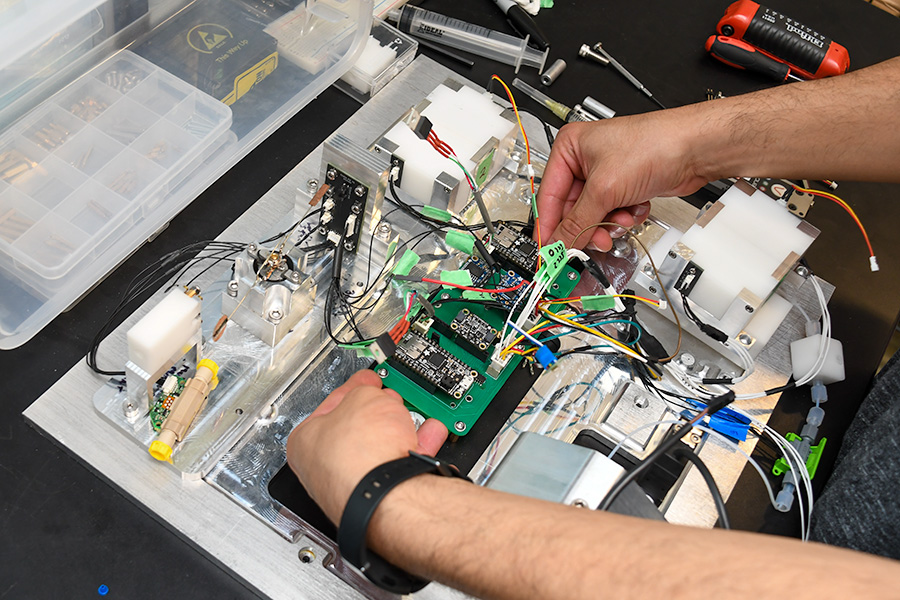
The SFPL is dedicated to the design, development, and operation of advanced space systems. Students in this lab have supported multiple space missions, including Lightsail 2.
Capabilities
- 550-watt antenna for satellite communications
- Precision air-bearing table
- Vacuum-capable freeze-drying cabinets
- Portable vacuum chamber
Principal Investigators: Alina Alexeenko and Alexey Shashurin
Location: ARMS 3098
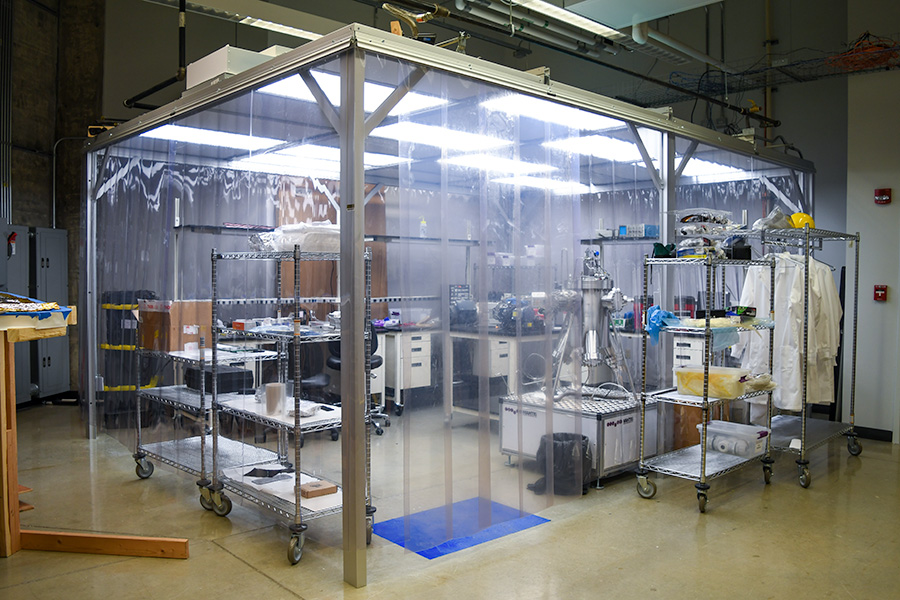
This lab provides an environment and tools suitable for final assembly of spaceflight-ready hardware.
Capabilities
- ISO 8 clean room
- Sputtering machine thin-film deposition system
Lab lead: Tony Cofer
Location: ARMS B191
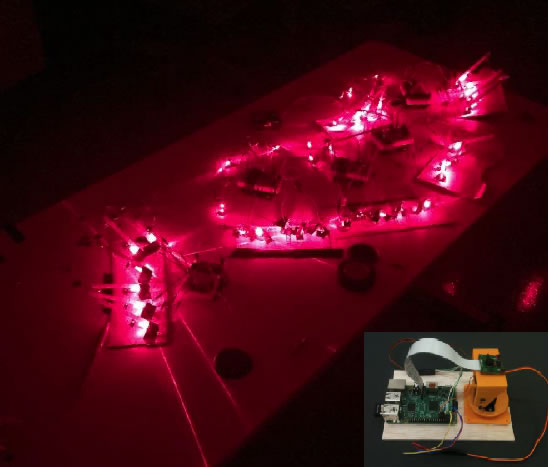
Optical imaging of satellites and optical features for characterization, mission support, and on-board control, optical guidance and navigation. Use of traditional electro-optical sensors, quantum-inspired sensors and neuromorphic, dynamic vision sensors.
Lead Professor: Carolin Frueh
Location: ARMS 3106B
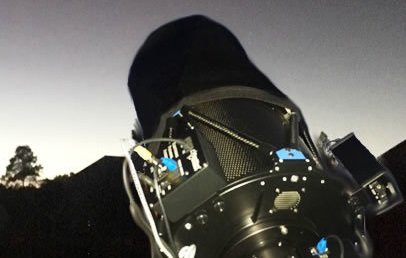
Wide-field optical telescope for ground based rapid fully automated space surveillance observations of active satellites, debris and near-earth asteroids including characterization measurements.
Lead Professor: Carolin Frueh
Location: New Mexico, remotely controlled at Purdue ARMS
